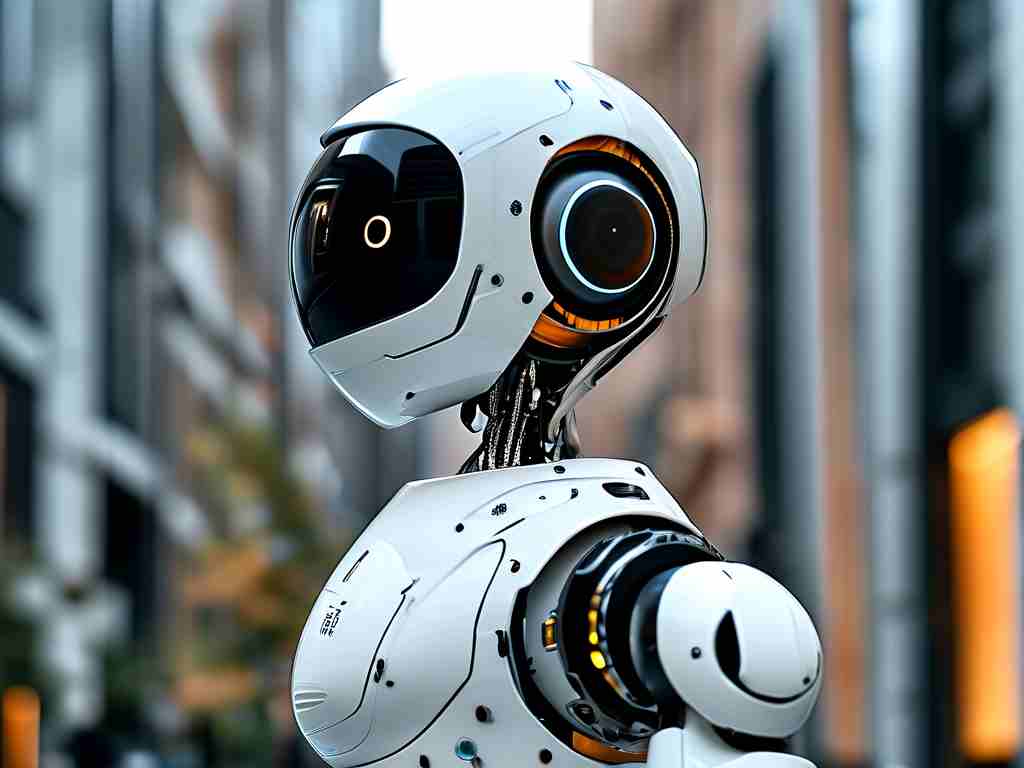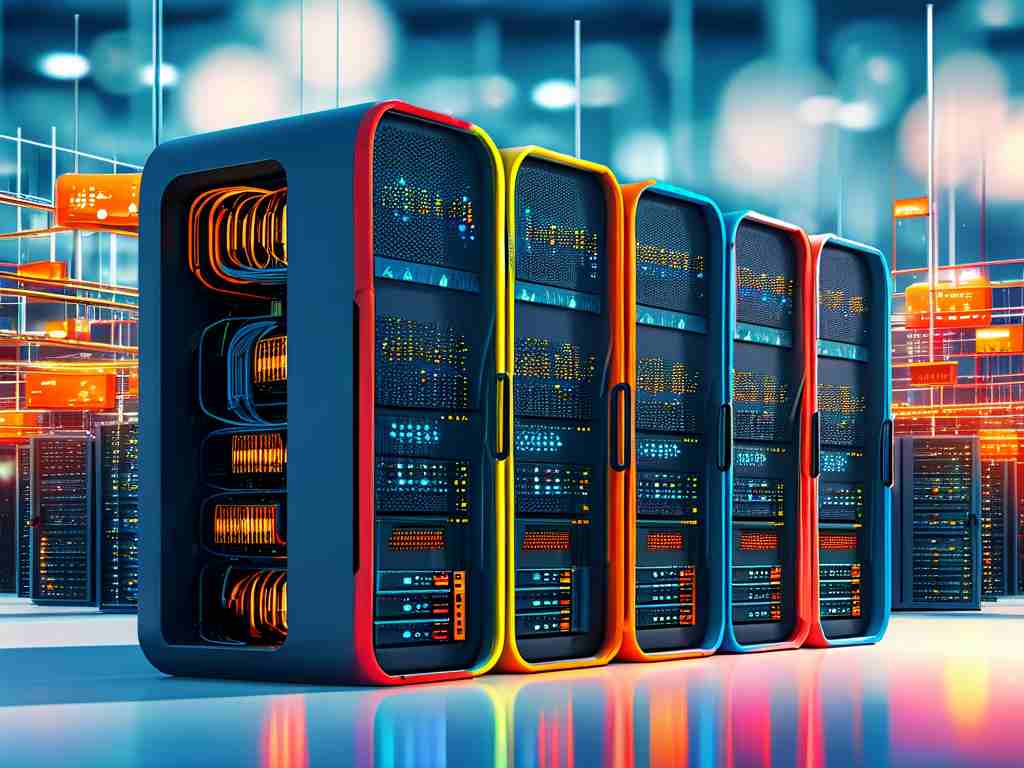Embedded systems form the invisible backbone of modern technological advancements, powering devices from medical equipment to smart home appliances. Research in embedded development aims to address critical challenges in efficiency, reliability, and adaptability while shaping the future of interconnected systems. This article delves into the motivations behind studying embedded systems and their transformative role across industries.

The Drive for Optimization
At its core, embedded development focuses on creating specialized solutions for hardware-constrained environments. Unlike general-purpose computing, embedded systems demand precision in resource allocation. For instance, a microcontroller managing an automotive braking system must process sensor data within milliseconds while consuming minimal power. Researchers explore techniques like real-time operating systems (RTOS) and energy-aware scheduling algorithms to meet these demands. Consider this simplified code snippet for a temperature-monitoring embedded device:
#include <avr/io.h>
#include <util/delay.h>
int main(void) {
DDRB |= (1 << DDB0); // Set PB0 as output
while(1) {
if (read_temperature() > 30) {
PORTB |= (1 << PORTB0); // Activate cooling
} else {
PORTB &= ~(1 << PORTB0);
}
_delay_ms(500);
}
return 0;
}
This example highlights how developers balance functionality with hardware limitations—a recurring theme in embedded research.
Bridging Hardware and Software Innovation
Another key objective is fostering synergy between evolving hardware capabilities and software frameworks. The rise of IoT has intensified the need for secure, low-latency communication protocols. Embedded developers now integrate machine learning models into edge devices, enabling localized decision-making without cloud dependency. A smart agriculture sensor, for example, might use embedded AI to analyze soil moisture patterns directly on the device, reducing data transmission costs and latency.
However, this convergence introduces complexities. Researchers must address challenges like memory allocation for neural networks or ensuring firmware security in connected devices. Projects like Zephyr OS and ARM Mbed exemplify efforts to standardize development tools while maintaining flexibility for diverse applications.
Societal and Industrial Implications
Beyond technical objectives, embedded systems research drives socioeconomic progress. Medical devices like pacemakers rely on fail-safe embedded designs to save lives, while industrial automation systems enhance manufacturing precision. A 2023 study by the Embedded Technology Institute revealed that optimized embedded controllers reduced energy waste in HVAC systems by 22%, underscoring their environmental impact.
The field also reshapes workforce dynamics. As industries adopt more embedded solutions, demand grows for engineers skilled in both circuit design and software architecture—a hybrid expertise that academic programs are now prioritizing.
Future Horizons
Emerging trends like quantum computing and neuromorphic hardware present new frontiers for embedded research. Developers are experimenting with quantum-resistant encryption for IoT devices and bio-inspired processors that mimic neural networks. These innovations promise to redefine performance benchmarks while introducing novel ethical considerations around autonomous embedded systems.
In , studying embedded development transcends mere technical curiosity—it represents a strategic effort to build resilient, intelligent systems that address global challenges. From optimizing resource usage to enabling cutting-edge applications, this discipline remains pivotal in shaping a technologically sustainable future.









